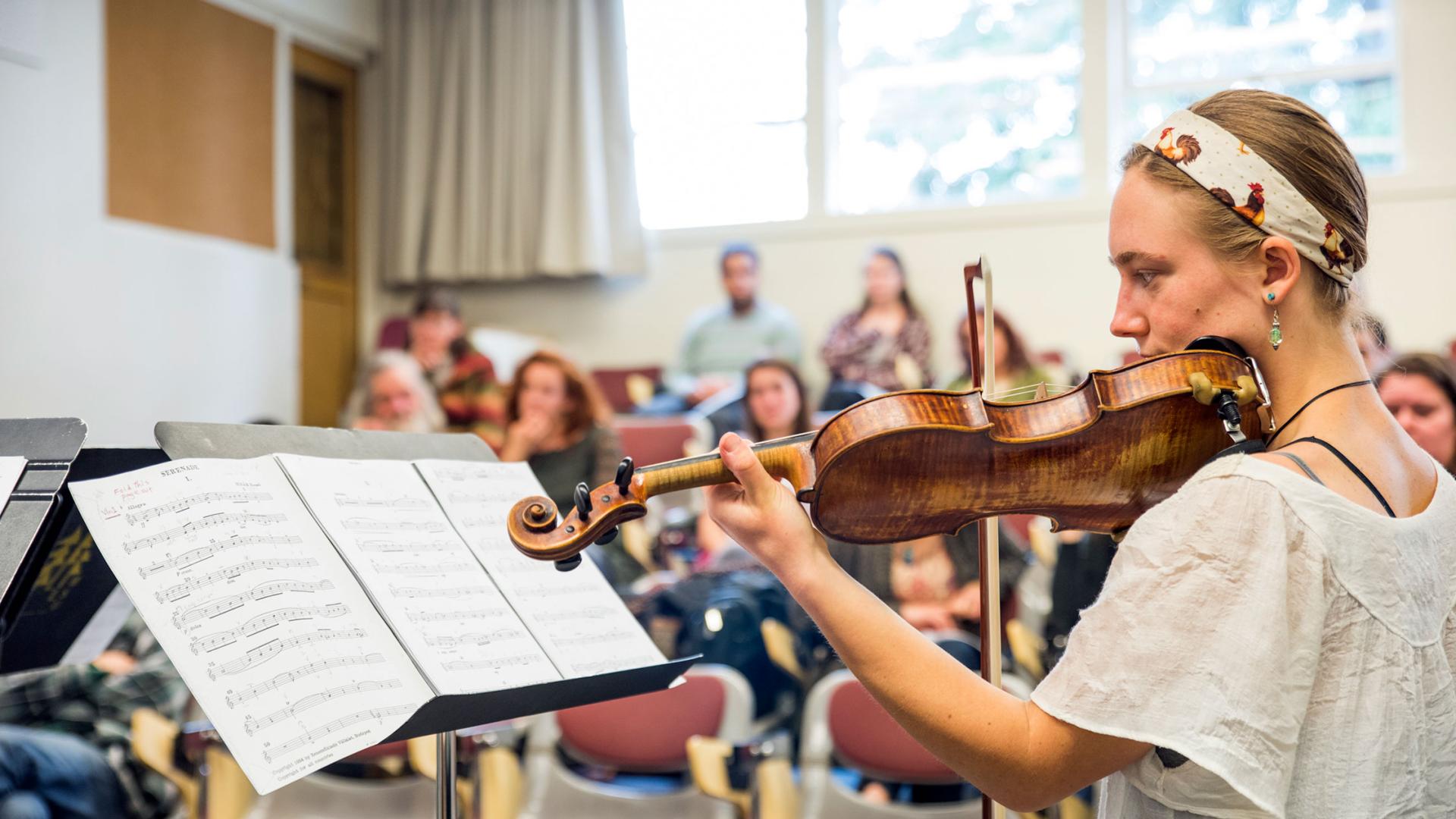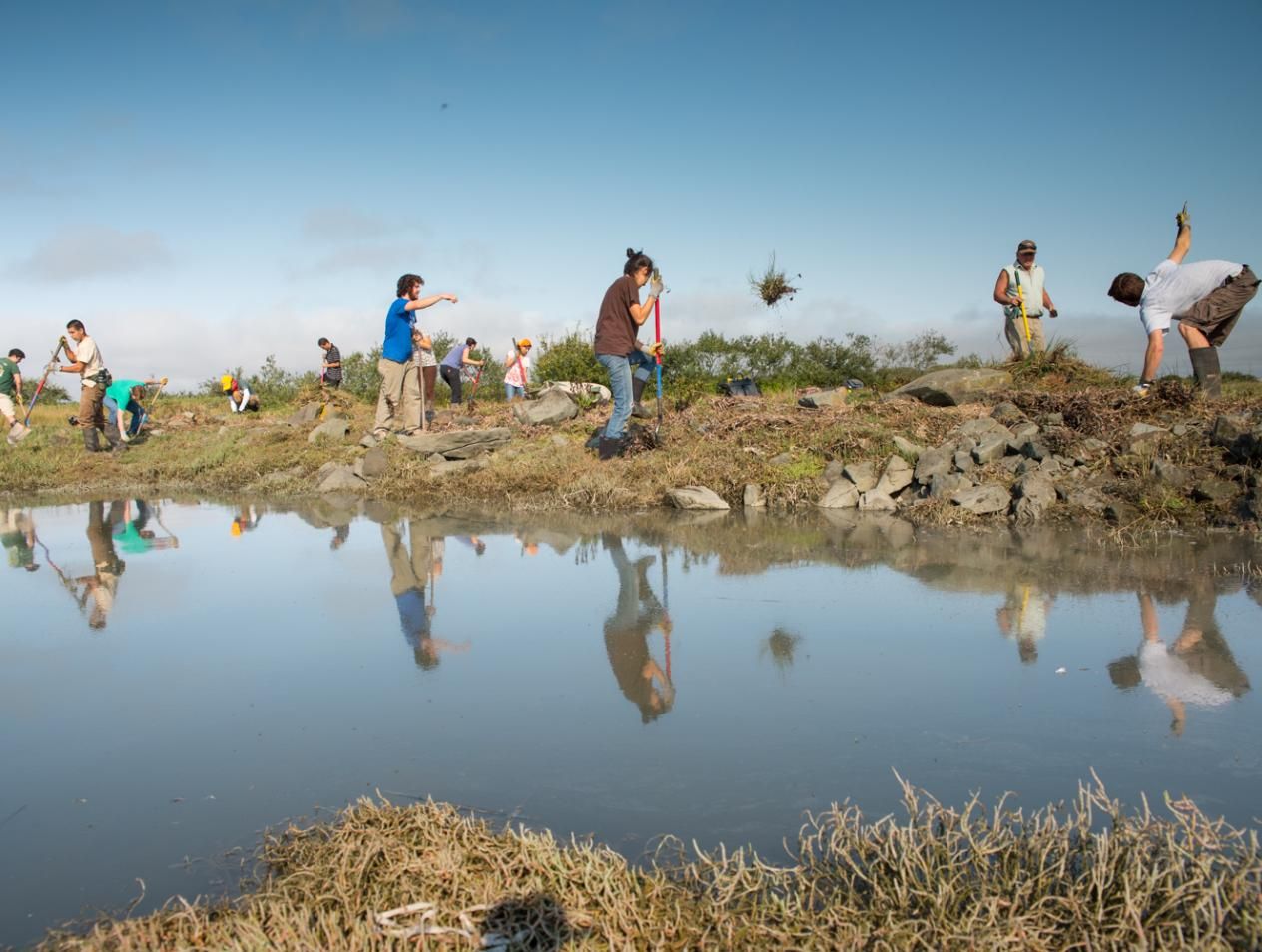Breadcrumb
Troubleshooting & Evaluation
This is a professional development opportunity as well as an academic experience. Treat your students in service as you would any employee or client: with good communication, guidance, equity, and support. This will help if, and when, challenges arise.
These are proactive steps you can take to support students and improve your service opportunities
- Ask students who apply to your service opportunities if they will be doing the experience for course credit. If they are, ask for the name of the course and their faculty’s name and email/phone.
- If faculty ask students to bring you a paper version of the Student Learning Plan (SLP), make a copy for your records, as this shares student/faculty/partner contact information and student learning objectives for the course. The SLP is typically completed in the student’s digital placement reporting process required by the campus before service begins, so you may not see the paper version.
- At the outset of the experience, review any position description or guidelines with the student (and faculty, if they connect with you) so that all are on the same page regarding requirements and expectations for your agency. Let the student know that you will be in contact with their faculty for evaluation and support purposes.
- Recognize that faculty are extremely busy and can often be difficult to reach. Be sure to ask for the best times to call, or other preferred ways to communicate. Be aware that, due to the way some internship courses are offered, you may not hear from some faculty.
- Throughout the experience, schedule time to seek suggestions and feedback from the student on their sense of safety, preparedness, learning progress, and support for their efforts at your agency.
- Provide an orientation that covers expectations, standards, and who to call if the student can’t make a service session.
Evaluation Efforts
- Depending on requirements established by the course faculty, students may bring you a Timelog and ask you to sign it off, and/or complete the simple evaluation questions at the bottom. Some faculty require students to submit the Time Log midsemester, in order to check on attendance and progress; some faculty may ask the partner to complete a standalone evaluation; other faculty do not utilize any of these evaluation tools.
- Whether faculty assign an evaluation tool or not, it is a good practice for you to conduct an outgoing evaluation with the student. This might be a simple review of the position description to see if objectives were met, or if any changes might be made to improve the experience for future students, or you might create your own evaluation tool.
If problems arise
- Speak directly and empathetically with the student, keeping in mind their myriad responsibilities and dynamics, such as students who are younger, new to the area, from diverse cultural backgrounds, or amidst midterms/finals. Review expectations covered at the outset of the service experience.
- The next line of communication should be with the faculty teaching the course.
- If the student is not showing up for scheduled sessions, remind them of their commitment and share the repercussions that may occur. Share how they can best contact you if they can't make a scheduled session.






